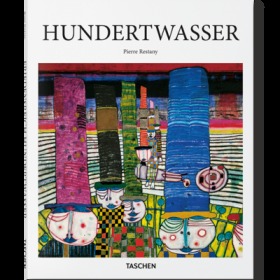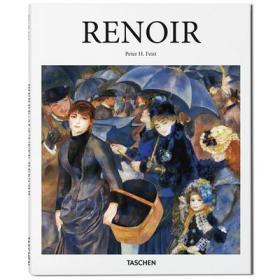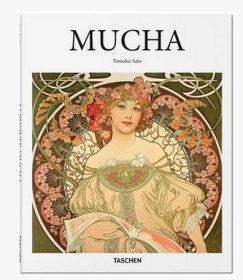
Troubled Land 陷入困境
¥ 386 6.9折 ¥ 559 九五品
仅1件
北京通州
认证卖家担保交易快速发货售后保障
作者Paul Graham
出版社MACK
ISBN9781913620608
出版时间2022-05
印刷时间2022-05
印数1千册
装帧精装
开本16开
纸张铜版纸
页数80页
字数1千字
定价559元
上书时间2024-11-25
- 在售商品 暂无
- 平均发货时间 22小时
- 好评率 暂无
- 店主推荐
- 最新上架
商品详情
- 品相描述:九五品
- 商品描述
-
出版社 : MACK BOOKS (2022年5月1日)
语言 : 英语
精装 : 80页
ISBN-10 : 1913620603
ISBN-13 : 978-1913620608
商品重量 : 867 g
页面信息仅供参考,具体以实物为准
内容简介
1990年,在萨帕塔武装起义的前一年,温迪-埃瓦尔德应邀为生活在墨西哥南端的恰帕斯省的玛雅人、拉迪诺人和Tzotzil儿童举办摄影班。赞助的组织是玛雅作家合作社,Sna Jtz-ibajom(作家之家)。虽然相机和摄像机在恰帕斯几乎不是什么新鲜事物,但它们通常被游客使用,他们的拍照行为强化了他们自己的文化偏见。埃瓦尔德没有拍照;相反,她引导她的学生拍摄他们自己的日常生活、梦想、欲望和幻想的照片。这些简介与玛雅文化中梦境的重要性产生了共鸣,玛雅文化认为梦境与清醒的生活一样真实。由此产生的项目《魔鬼离开他的洞穴》是对萨帕塔起义破坏前的日常生活现实的独特见解。本书汇集了Ewald的原始项目和与居住在芝加哥的15名墨西哥裔年轻人合作的新作品,这些作品在移民服务组织Centro Romero的帮助下进行了协调。这些图像回应了许多与Ewald 1990年代的学生相同的主题,现在的重点是捕捉内心的生活和梦想,作为对未发表的移民经历的一种反思方式。这些新作品中出现的限制和自我反思的主题,由于部分是在COVID的封锁下制作的,而变得更加强烈。恰帕斯和芝加哥的项目一起追溯了在不同的墨西哥地理环境下成长的不同历史,同时坚持了童年的普遍快乐和悲伤。
In 1990, a year before the Zapatistas’ armed revolt, Wendy Ewald was invited to conduct photography classes for Mayan, Ladino, and Tzotzil children living in Chiapas, the southernmost province of Mexico. The sponsoring organization was the Mayan writers’ cooperative, Sna Jtz-ibajom (The House of the Writers). While cameras and camcorders were hardly novelties in Chiapas, they were generally used by tourists whose picture-taking reinforced their own cultural biases. Ewald did not take pictures; instead she guided her students in taking their own pictures of their daily lives, dreams, desires, and fantasies. These briefs resonated with the importances held by dreams in Mayan culture, which considers them as real as waking life. The resulting project, The Devil is leaving his Cave, is a unique insight into the everyday realities of life in Mayan communities just before the devastation of the Zapatista uprising. This book brings together Ewald’s original project with new work made in collaboration with fifteen young Mexican Americans living in Chicago, coordinated with the help of Centro Romero, an immigrant service organisation. These images respond to many of the same subjects as those by Ewald’s 1990s students, with an emphasis now on capturing inner lives and dreams as a way of reckoning with the unvoiced experiences of immigration. The themes of restriction and self-reflection that emerged from this new work were intensified by being made in part under COVID lockdown. Together, the Chiapas and Chicago projects trace the differences between growing up in different Mexican geographies with diverse histories, while holding on to the universal joys and sorrows of childhood.
— 没有更多了 —


























以下为对购买帮助不大的评价